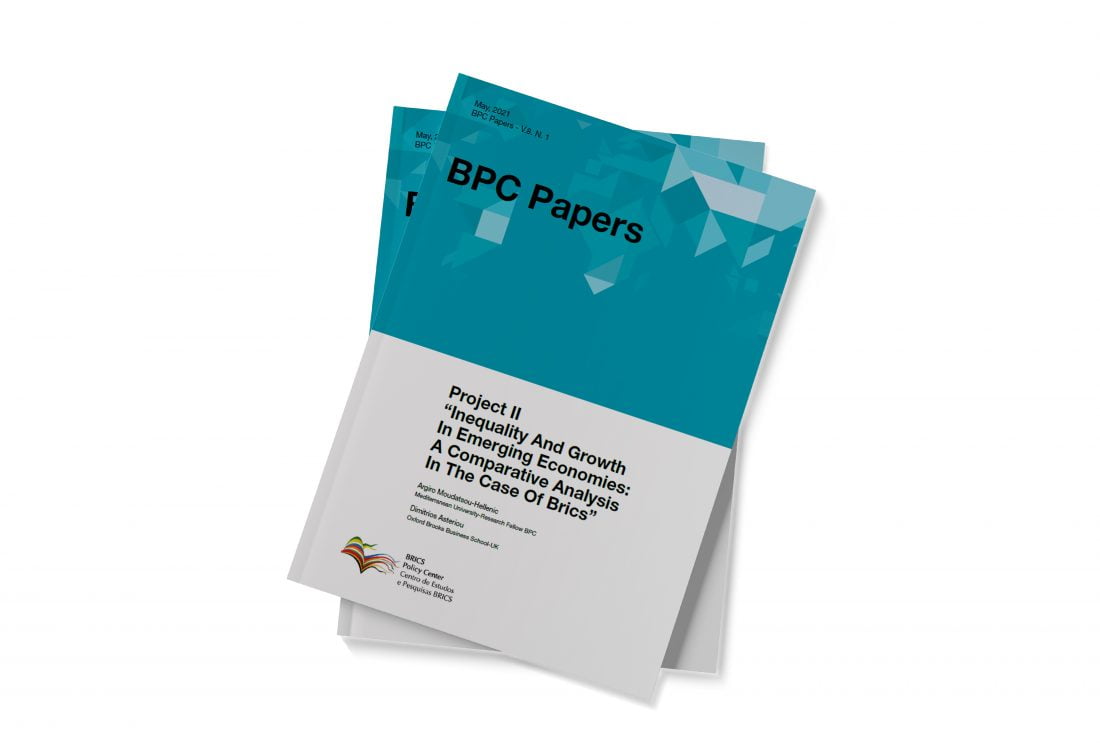
Inequality And Growth In Emerging Economies: A Comparative Analysis In The Case Of BRICS
Inequality is one of the most deeply rooted characteristics of underdevelopment. Though also present in highly industrialized countries, its magnitude and consequences are more serious in developing countries. The phenomenon of inequality, in terms of its root, causes and effects, seem to belongs to socio-economic studies, since it is a multidimensional phenomenon.
The BRICS countries (Brazil, Russia, India, China and South Africa) matter for the future of global inequality. BRICS proclaims a demand-driven developmental model, which gives more choices to the less developed countries. Inequalities within the BRICS are therefore of global significance. The nature of economic growth within the BRICS nations has a significant impact on changes in inequality within other countries, both rich and poor (Gu et al., 2016). The BRICS countries share an additional number of important features that warrant a joint analysis. They all play an increasingly important role on the global scene in an attempt to provide a counterweight to the developed countries’ dominant power position (Krozer, 2016)
This research is divided into two parts: In the first part using the most recent available data (1990-2018) we analyse many aspects of BRICS national and global activities through various indicators. Analysis with indicators will reveal the position of BRICS compared to other developed countries, and at the same time the differences and similarities within the group. In the second part, using panel data techniques, we explore empirically the relationship between inequality and growth over the period 1995-2018.


